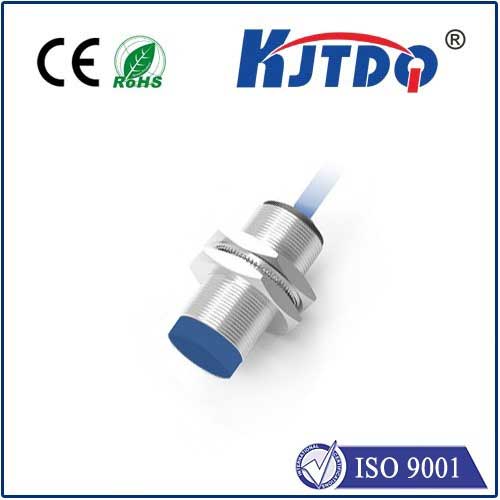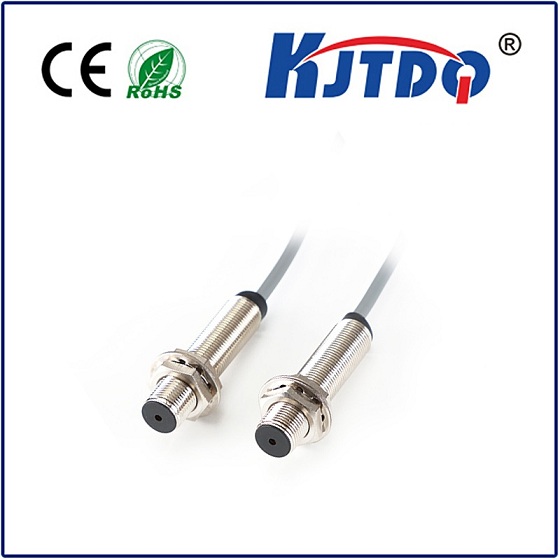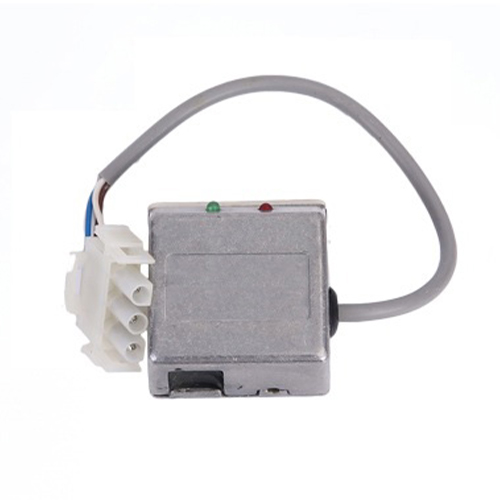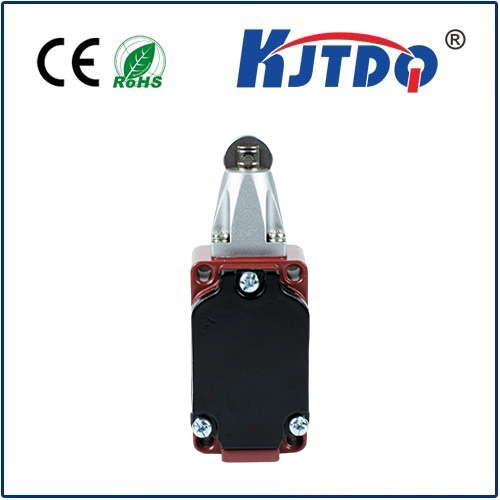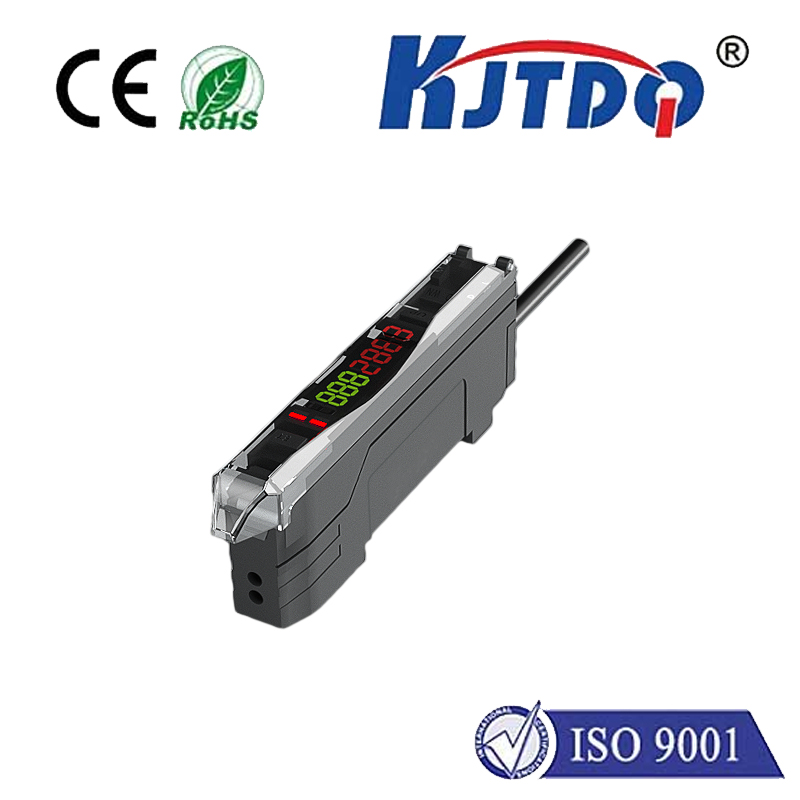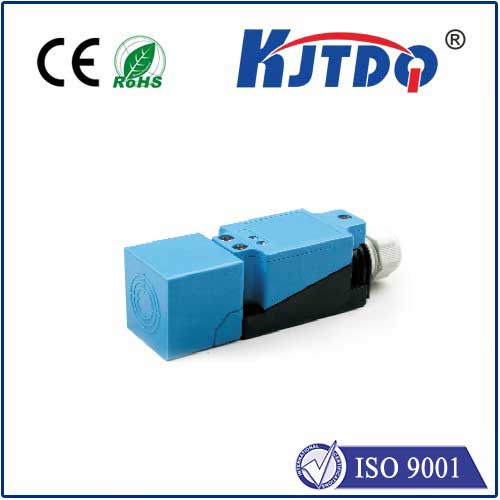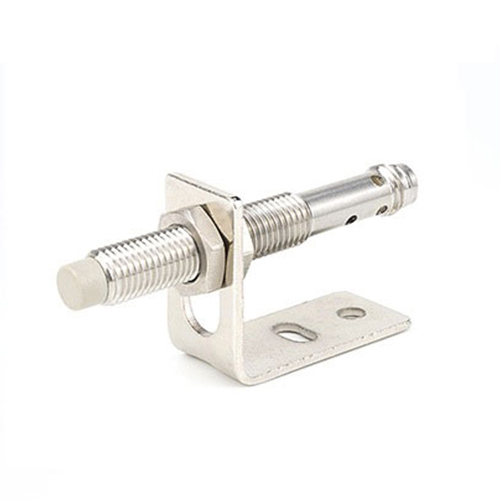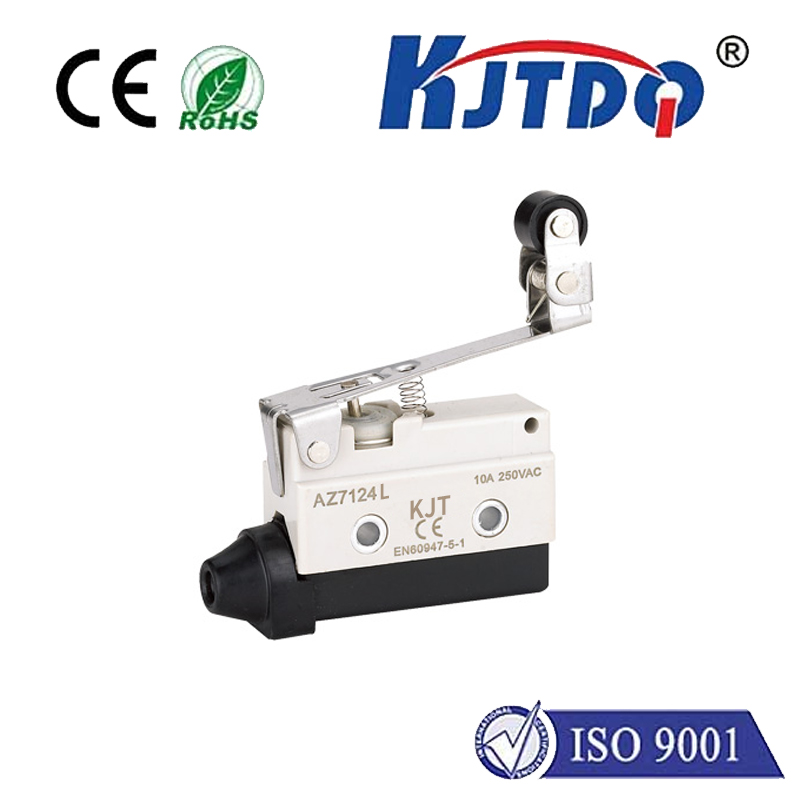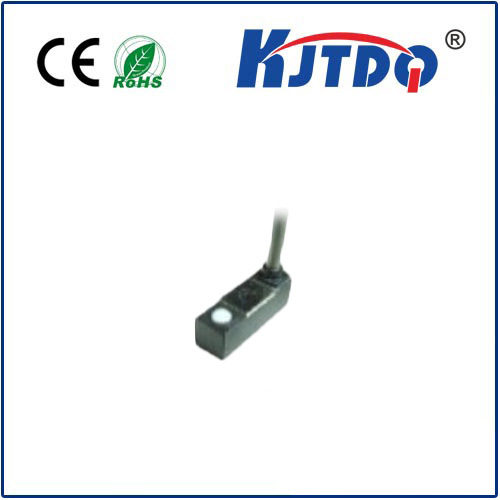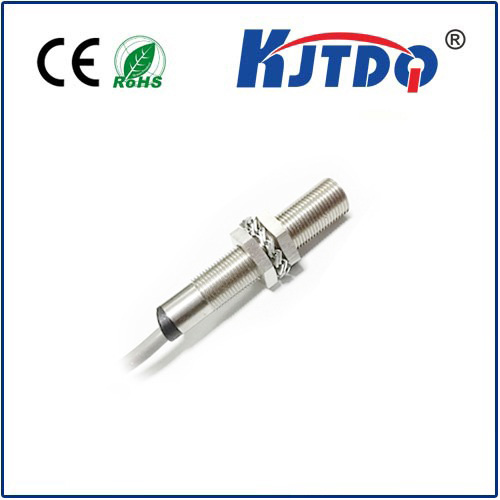BES02NT proximity sensor
- time:2025-10-16 08:59:40
- Click:0
Unlock Efficiency & Reliability: The Essential Guide to BES02NT Proximity Sensors
Picture a critical assembly line humming along. Suddenly, a misaligned part isn’t detected, causing a jam, costly downtime, and frustrated engineers. This scenario highlights the unsung heroes of industrial automation: reliable proximity sensors. Among these workhorses stands the BES02NT, an inductive proximity sensor renowned for its ruggedness and precision. This compact device silently ensures countless operations run smoothly, detecting metal targets without physical contact, making it indispensable in demanding environments. But what makes this specific model tick, and why has it become a cornerstone in automation toolkits?
At its core, the BES02NT proximity sensor operates on the principle of electromagnetic induction. Inside its robust housing lies an oscillator coil generating a high-frequency electromagnetic field. When a metal object (specifically, ferrous metals like iron or steel for optimal performance) enters this sensing field, it induces eddy currents on the target’s surface. These currents absorb energy from the oscillator, causing its amplitude to drop significantly. The sensor’s built-in evaluation circuit detects this energy loss, triggering its solid-state output switch – signaling the presence of the target with remarkable speed and reliability. This entire process happens without physical contact, eliminating wear and tear, a fundamental advantage over mechanical switches. It’s non-contact detection at its finest.

So, why choose the BES02NT specifically? Its popularity stems from a combination of key features engineered for industrial resilience:
- Robust Construction: Often featuring a threaded M8 cylindrical housing (various mounting options exist), the BES02NT is built to endure. Its typically IP67 rated enclosure provides excellent resistance against dust ingress and temporary immersion in water, making it suitable for harsh factory floors, washdown areas, or outdoor applications where contaminants are a constant threat.
- Precise Sensing: While offering a relatively standard sensing range (often around 2mm for mild steel targets), its high repeat accuracy ensures consistent detection point after point, cycle after cycle. This consistency is paramount for precision positioning and counting tasks.
- High-Speed Operation: Characterized by a high switching frequency, the BES02NT can detect rapidly moving targets. This capability is essential for high-speed assembly lines, conveyor belt applications, or monitoring fast-moving machinery components.
- Reliable Electrical Performance: Commonly available in DC versions (e.g., 12-24V DC) with solid-state outputs (NPN normally open - NO, or PNP NO configurations are prevalent), it provides a stable, bounce-free switching signal for seamless integration with Programmable Logic Controllers (PLCs), counters, and other control systems.
- LED Status Indicator: An integrated LED is a standard feature, providing clear visual feedback on the sensor’s operating state (power on, target detected), simplifying setup, diagnostics, and troubleshooting without needing additional tools.
- Straightforward Installation: Its compact size (M8 being quite common) and threaded barrel design allow for easy installation in tight spaces using standard nuts. Simple mounting translates to reduced setup time and maintenance costs.
These attributes make the BES02NT incredibly versatile. You’ll find it reliably performing critical tasks across numerous sectors:
- Automated Manufacturing: Detecting the presence, absence, or position of metal parts on assembly lines, verifying component placement, monitoring robotic arm end positions, and counting products. Its reliability directly impacts production uptime.
- Packaging Machinery: Ensuring correct positioning of metal lids, cans, closures, and monitoring machine guards for safety interlocks. Non-contact operation prevents damage to packaging materials.
- Material Handling: Controlling conveyor belts by detecting pallets or components, monitoring fill levels in metal bins or hoppers (using targets), and verifying the position of lifts or carriers. Position feedback is crucial here.
- Automotive Assembly: Used extensively in welding robots (locating parts), paint lines (verifying car body position), and engine assembly (detecting pistons, shafts). It thrives in challenging automotive environments.
- Machine Tooling: Monitoring tool position, confirming workpiece clamping, and protecting against crashes by detecting unexpected metal presence. Robustness is vital near heavy machinery.
The tangible benefits of integrating a sensor like the BES02NT extend far beyond simple detection:
- Enhanced Reliability: With no moving parts subject to mechanical wear, these sensors offer vastly superior longevity compared to mechanical limit switches, significantly reducing unexpected failures and downtime.
- Minimal Maintenance: The solid-state design and sealed housing translate into virtually maintenance-free operation, freeing up valuable technician time and lowering the total cost of ownership.
- Improved Process Speed & Accuracy: The high switching frequency and precise repeatability enable faster machine cycles and ensure consistent, accurate detection critical for quality control and process optimization.
- Safety: Provides reliable input for safety circuits (e.g., confirming guards are closed) and helps prevent collisions in automated machinery, contributing to a safer work environment.
- Cost-Effectiveness: Combining a competitive initial price point with minimal maintenance and high reliability makes the BES02NT a highly economical choice for countless detection tasks.
Selecting the right model involves considering your specific application needs. Ensure compatibility with your control voltage (e.g., 10-30V DC). Determine the required sensing range and the specific target material (ferrous metals offer the best range; non-ferrous like aluminum or brass require shorter distances). Choose the appropriate output type (NPN or PNP) and switching logic (Normally Open - NO, or Normally Closed - NC) to match your PLC or controller inputs. Also, verify the required housing style (e.g., M8 threaded barrel) and protection rating (IP67 being common for the BES02NT) for your environment. Proper installation is key: ensure the sensor is securely mounted and aligned correctly with the target path. Avoid mounting multiple sensors too closely where their electromagnetic fields might interfere.
In the intricate dance of modern automation, where precision, speed, and uptime are non-negotiable, dependable sensing components form the bedrock. The BES02NT proximity sensor, with its robust M8 housing, proven inductive sensing technology, and unwavering reliability, exemplifies this perfectly. It provides the essential non-contact detection of metal objects that countless machines and processes rely on silently, hour after hour. By understanding its operating principles, appreciating its key features like the high switching frequency and IP67 protection, and carefully matching it to the application requirements – voltage, output type, target material – engineers and technicians can leverage this compact powerhouse to build more efficient, reliable, and resilient production systems. It’s a testament to how a single, well-designed component can have a profound impact on industrial performance.






